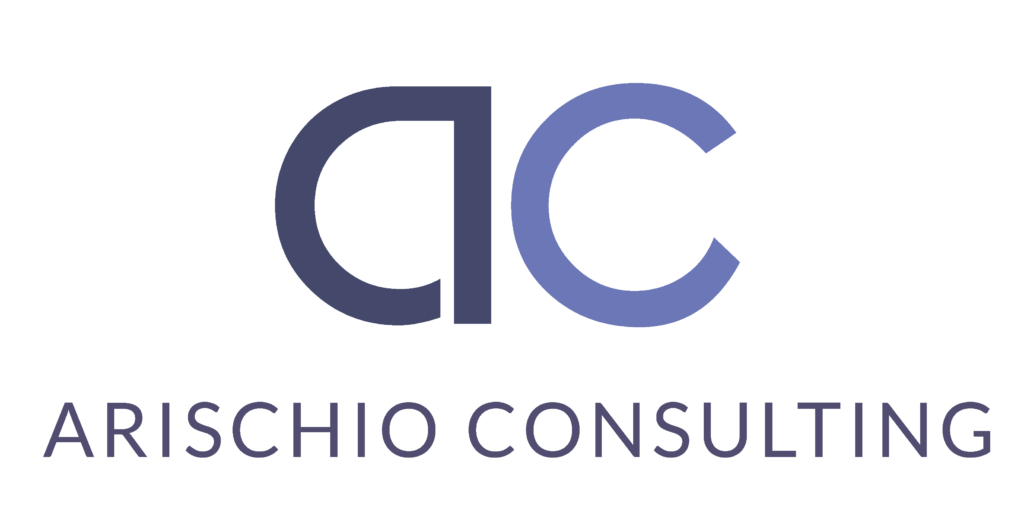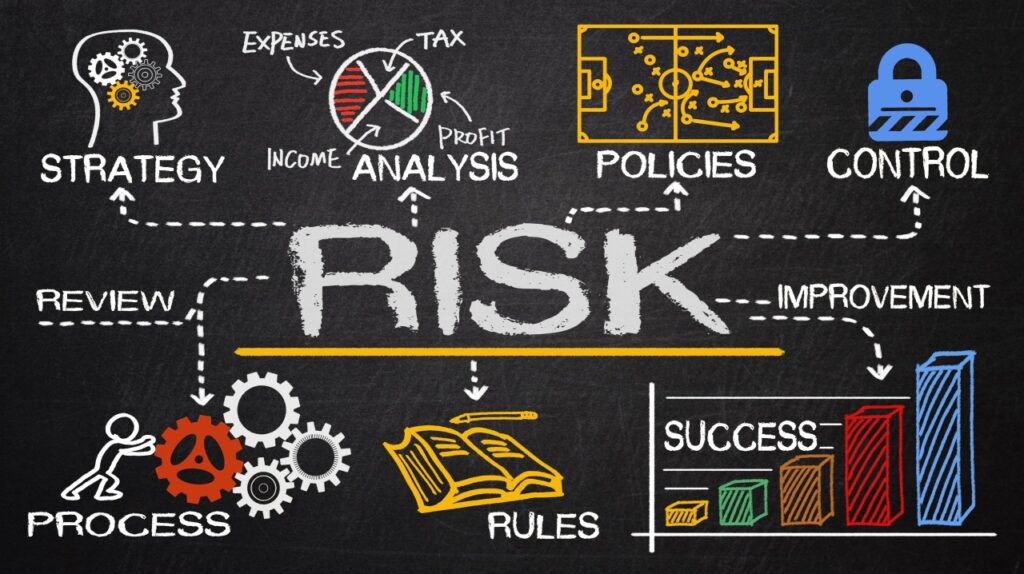As a Chief Risk Officer, explaining to the Board how risk management can help an organization achieve its strategic objectives involves highlighting the integration of risk management into strategic planning and decision-making processes. Here are key points to consider:
- Alignment with Strategic Objectives: Emphasize how risk management ensures that all potential risks are identified, assessed, and managed in alignment with the organization’s strategic objectives. This proactive approach not only mitigates risks but also identifies opportunities for strategic advantage.
- Enhancing Decision Making: Point out that effective risk management contributes to better decision-making by providing comprehensive information about potential risks and their impacts. This ensures that decisions made at the strategic level are informed, balanced, and consider the full spectrum of possible outcomes.
- Building Stakeholder Confidence: Stress that a robust risk management framework increases confidence among stakeholders, including investors, customers, and regulatory bodies. This confidence can lead to enhanced reputation, customer loyalty, and potentially better investment opportunities.
- Regulatory Compliance and Avoidance of Penalties: Note the importance of risk management in ensuring compliance with various laws and regulations. This not only avoids legal penalties but also protects the organization from reputational damage.
- Quick Wins for Demonstrating Results:Risk Assessment Workshops: Conducting cross-departmental risk assessment workshops can quickly identify key risks and mitigation strategies, demonstrating the practical application of risk management.Developing Key Risk Indicators (KRIs): Implementing KRIs for critical risks provides real-time monitoring and reporting capabilities, which can be quickly demonstrated to the Board.Risk Reporting Dashboard: Establishing a risk reporting dashboard that visually represents the risk profile of the organization can be a quick win. It provides immediate insight into the status of various risks and the effectiveness of mitigation strategies.Success Stories of Averted Risks: Share recent examples where risk management strategies have successfully averted potential crises or capitalized on opportunities.
- Long-term Benefits and Continuous Improvement: Emphasize that while quick wins are important, the real value of risk management is realized over time. Encourage the Board to view risk management as an ongoing process that evolves with the organization and its external environment.
- Integration with Organizational Culture: Advocate for the integration of a risk-aware culture throughout the organization. This involves training, communication, and a shift in mindset to view risk management as an integral part of every employee’s role.
Present risk management not as a standalone function but as a key strategic tool that can guide the organization towards achieving its goals while navigating the complexities of the business environment. The quick wins will demonstrate immediate value, but the ongoing commitment to risk management will ensure sustained success and resilience.
Implementing the strategies and initiatives I mentioned above involves a structured approach and involves several key steps:
- Develop a Comprehensive Risk Management Framework:Risk Identification: Start with identifying all possible risks (strategic, operational, financial, compliance, etc.) that could impact the organization’s objectives.Risk Assessment: Assess the likelihood and impact of these risks. This can involve quantitative methods (like statistical analysis) and qualitative methods (like expert judgment).Risk Prioritization: Prioritize risks based on their potential impact and likelihood, focusing first on those that could most significantly affect the organization.
- Integrate Risk Management into Strategic Planning:Collaboration with Strategic Planners: Work closely with teams responsible for strategic planning to ensure risk considerations are embedded in the planning process.Scenario Planning: Use scenario planning to envision various risk scenarios and their potential impact on strategic objectives.
- Establish Risk Management Policies and Procedures:Develop and document risk management policies and procedures. Ensure these policies are aligned with the organization’s overall strategy and culture.
- Implement a Risk Reporting System:Risk Dashboard: Develop a risk dashboard for real-time monitoring and reporting of key risks. Regular Reporting: Establish a regular reporting schedule for the Board and senior management.
- Cultivate a Risk-Aware Culture:Training and Awareness Programs: Conduct regular training sessions for employees at all levels to enhance their understanding of risk management.Communication: Foster open communication about risks and encourage employees to report potential risks.
- Leverage Technology:Implement risk management software tools for risk assessment, monitoring, and reporting. Utilize data analytics to identify and assess risks more accurately.
- Quick Wins Implementation:Risk Assessment Workshops: Quickly organize cross-departmental workshops to identify and assess risks. Develop Key Risk Indicators: Identify and start monitoring a few critical KRIs immediately. Showcase Success Stories: Communicate any recent successes where risks were mitigated effectively.
- Compliance and Regulatory Adherence:Ensure that the risk management framework is compliant with relevant laws and regulations. Stay updated with regulatory changes and adjust the risk management strategies accordingly.
- Continuous Improvement:Regularly review and update the risk management framework. Encourage feedback from employees and stakeholders to improve risk management processes.
- Board and Senior Management Engagement:Regularly engage with the Board and senior management to update them on risk management activities. Seek their input and support to ensure the risk management initiatives are aligned with the organization’s strategic direction.
Implementing these steps requires a coordinated effort across the organization and strong support from top management and the Board. It’s a continuous process that evolves as the organization and its external environment change.


